




When designing child-specific oral-care and whitening devices, selecting the right cold light wavelength is crucial—not only to match the sensitivity of young gums and enamel but also to integrate safely with brush head sterilization procedures. Only with both light-source safety and device disinfection can parents and clinicians confidently allow children to use these products. company web:https://www.powsmart.com/product/electric-toothbrush/
Children’s oral tissues are thinner and more delicate than adults’:
Different wavelengths affect cells and microbes in distinct ways:
Meanwhile, sterilization and light therapy must integrate seamlessly:
Smart control strategies further enhance safety:
To ensure correct use, manufacturers should provide:
Looking ahead, child-safe innovations include:
Conclusion
For pediatric users, pairing the optimal cold light wavelength with rigorous brush head sterilization, smart interlocking controls, and targeted training is essential to deliver safe, effective oral-care devices. B2B manufacturers must innovate across hardware design, disinfection workflows, intelligent safeguards, training, and regulatory compliance to earn the trust of both parents and professionals. Contact us to co-develop the next generation of child-safe oral-care solutions!

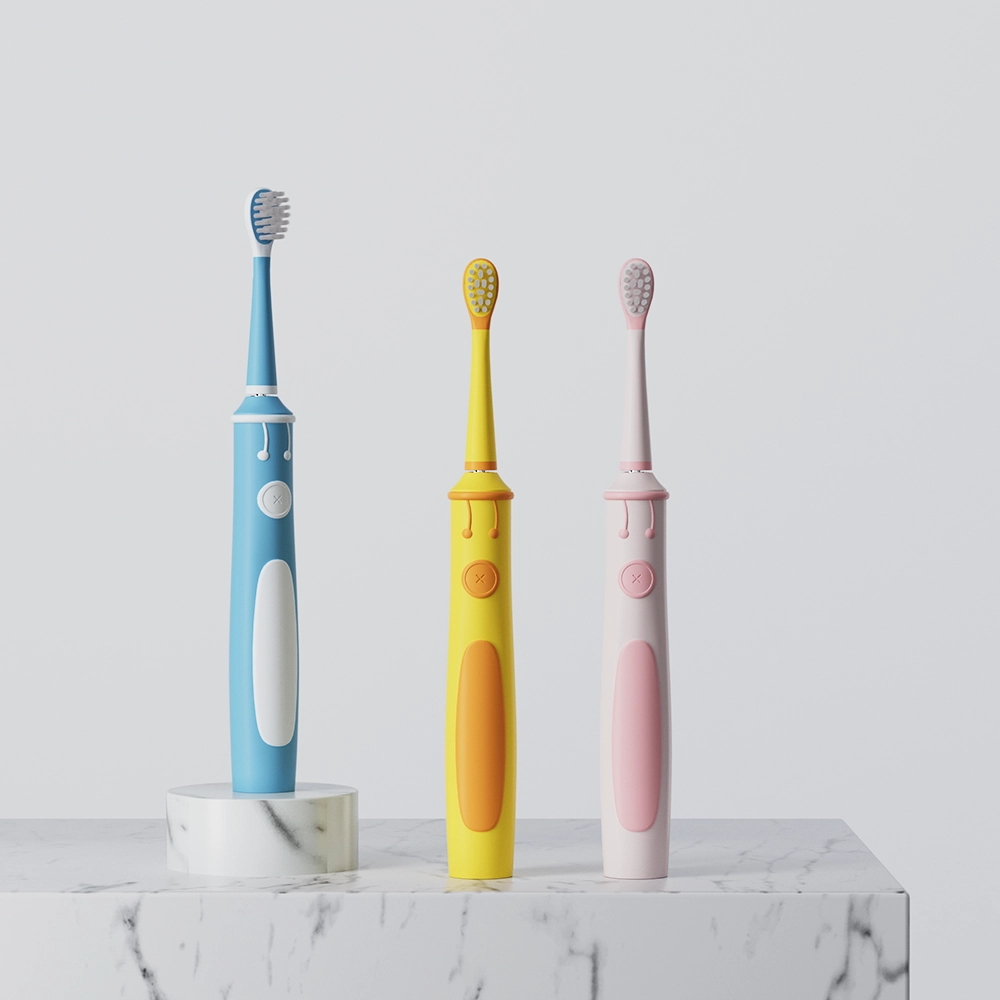
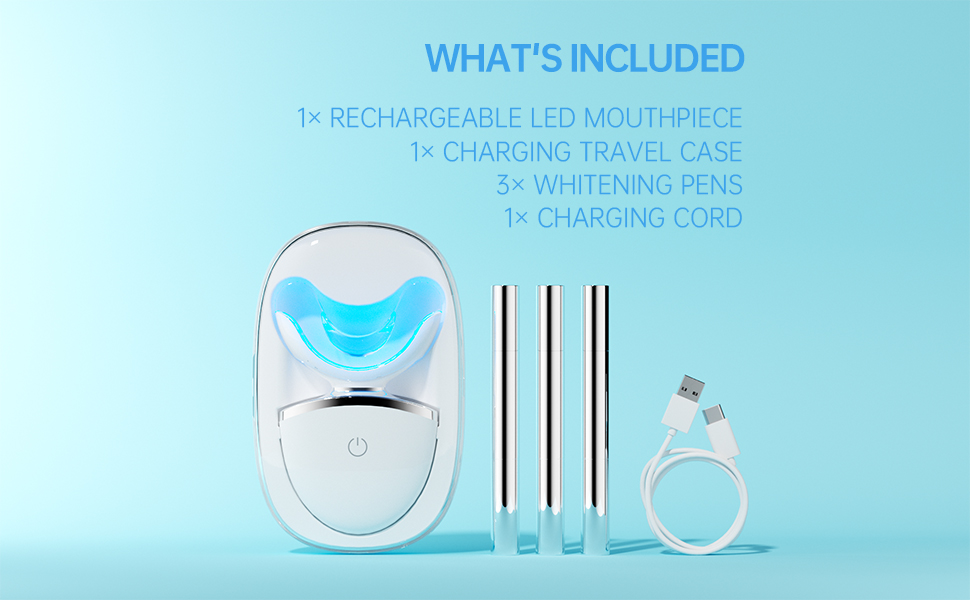
How Does Minimizing Chromatic Aberration Boost Luminescence Efficiency in LED Whiteners?
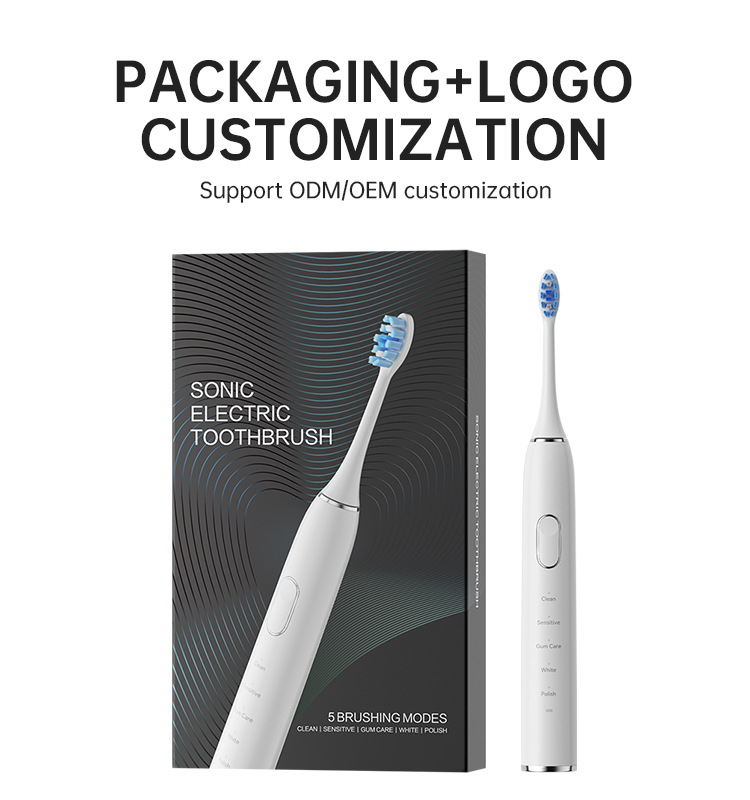
Why Use Cavitation Cleaning Technology in a Gingival Sulcus Cleaner for Professional Oral Care?
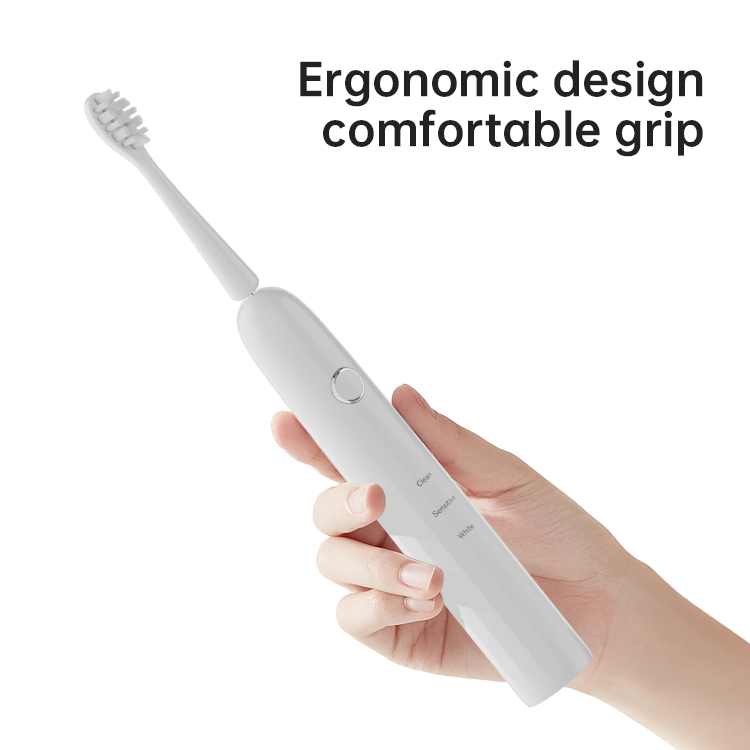
How Does Waterproof IPX7 Design Enhance the Durability of a Wireless Charging Base in B2B Oral Care Products?
.jpg)
Why Use Chromophore Targeting Gel With a Dental Water Jet for Enhanced Stain Removal?
.jpg)
oral care distributors Los Angeles
.jpg)
Why Optimize Light Diffusion Lens Design Based on Peroxide Decomposition Rate?
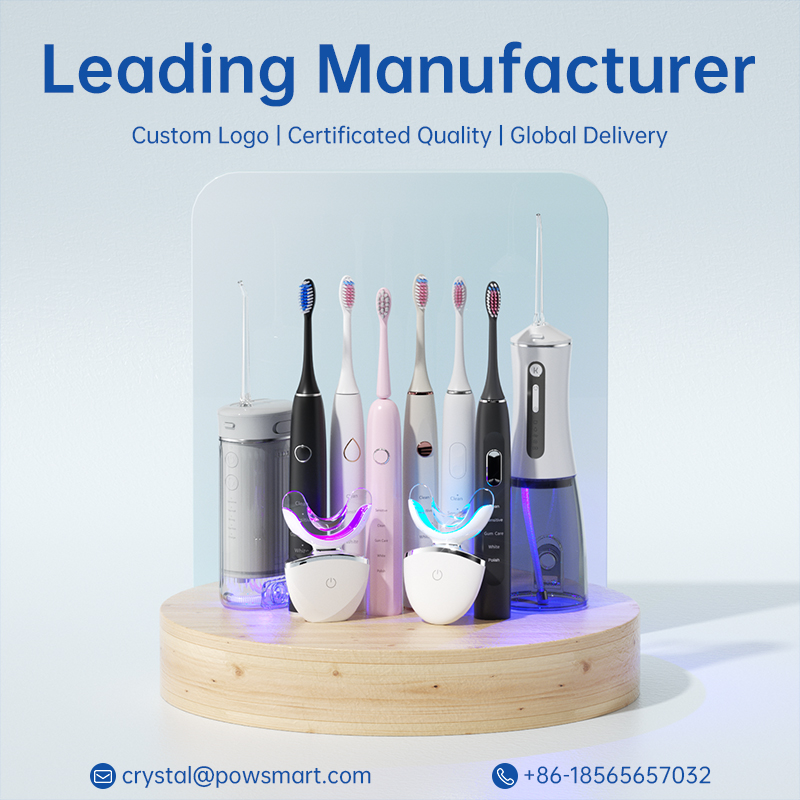
What Is the Most Profitable Oral Care Product to Manufacture and Custom Logo?
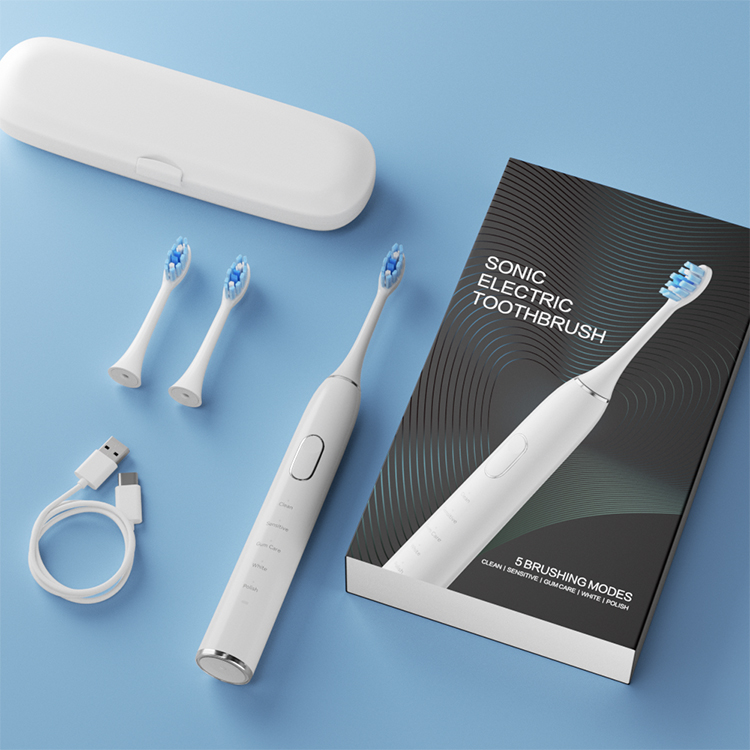
Why Is Cavitation Cleaning Technology More Effective With a Micro-Perforated Brush Head?
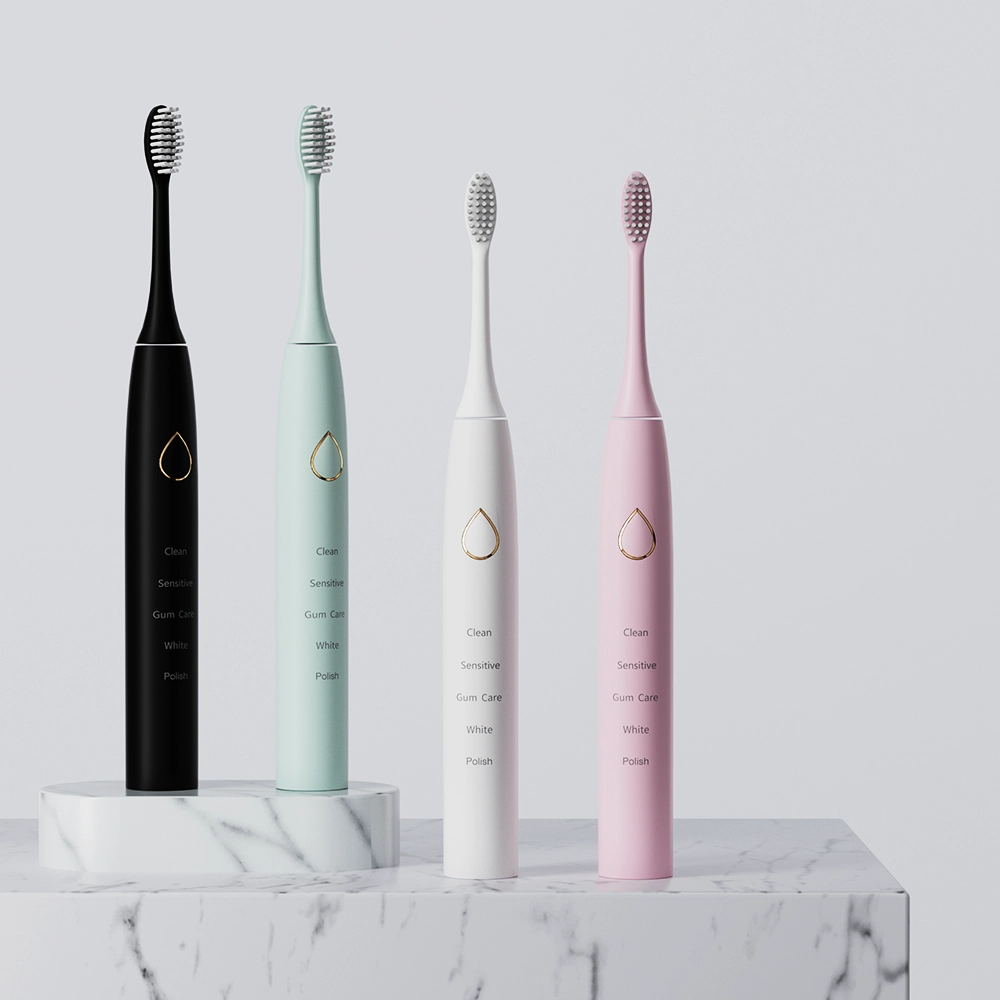
Custom Logo Private Label Sonic Toothbrush
.jpg)
Sonic Toothbrush Smart Timer Private Label
.jpg)
Children Powered Toothbrush Customizable
-2-scaled.png)
Private Label Teeth Whitening Accelerating Light

LED Sonic Electric Toothbrush Available for Customization
.jpg)
Wholesale Smart Sonic Electric Toothbrush
.jpg)
Sonic Electric Toothbrush Customizable High Quality
.jpg)
Electric Toothbrush Customized Logo Rechargeable USB-C
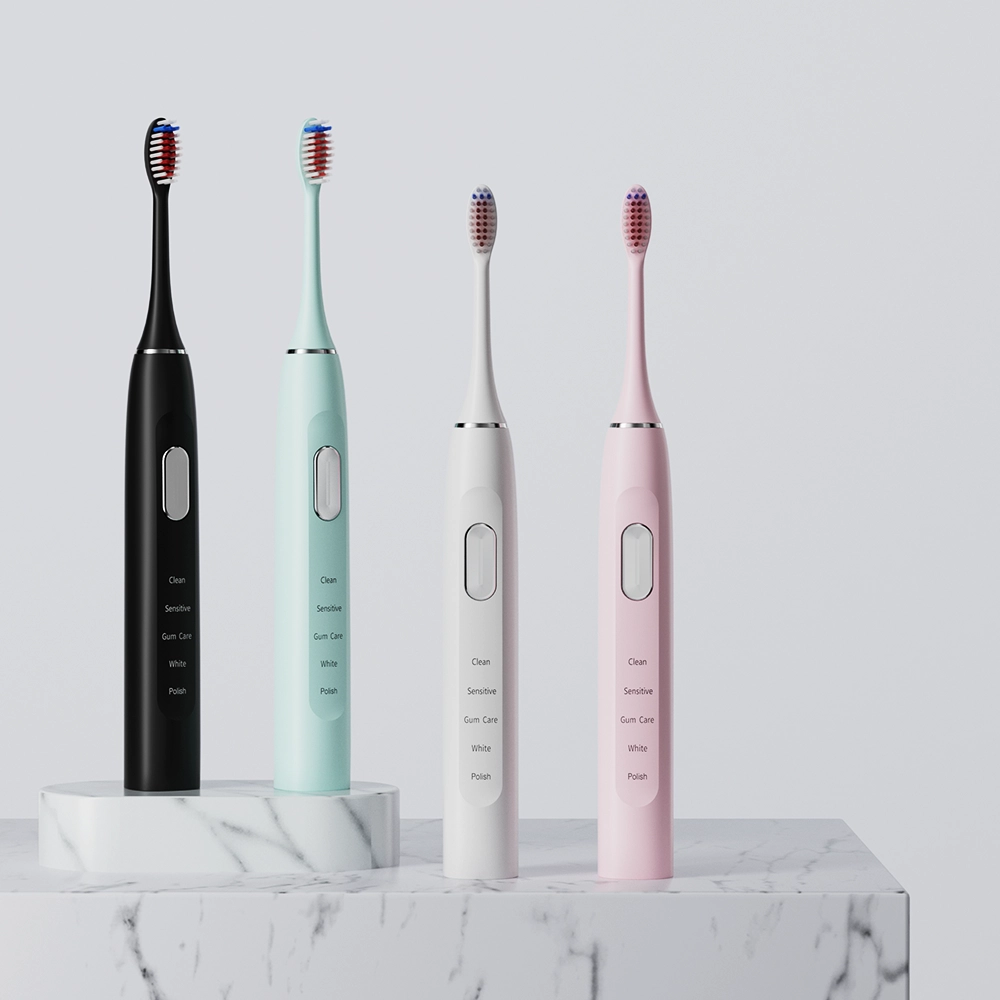
Ultrasonic Electric Toothbrush Custom Logo
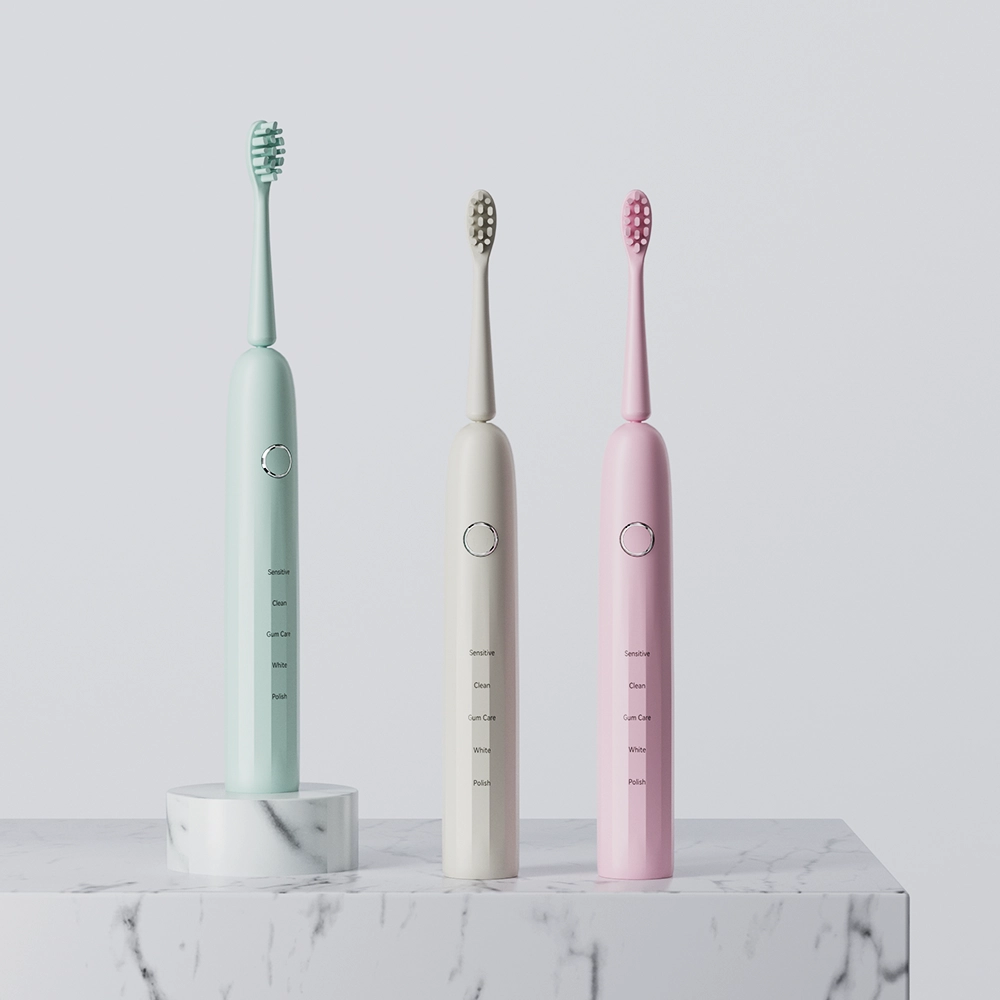
Customizable Sonic Electric Toothbrush Rechargeable
.jpg)
Sonic Electric Toothbrush Waterproof Custom Logo

electric toothbrush heads Regular Clean
Regular Clean Brush Head 6mil (0.152mm)Dupont Tynex Classic Bristles. Conveys sonic vibration effectively 80% End-rounded rate, Clean while doesn’t damage enamel Color Reminder: Pedex Reminder.jpg)
Customizable Water Flosser Big Tank UVC Sterilization
Specification Model Name: PTR-X6 Material: PC, ABS Battery type: 2000 mAh lithium battery Rated voltage: DC 3.7V Fully Charged: ≤6H Product Size:76.5x71.5x290mm Waterproof: IPX7 Frequency: 1.jpg)
Florida Electric Toothbrush – Powsmart PTR-C8
.jpg)
Children Sonic Electric toothbrush
Product series: Children Product color: white, pink, green (can customize other colors) Product features: Brush head: food-grade ABS material, safe and healthy; German PEDEX color-changing bristles.jpg)
Travel Size UVC Oral Irrigator OEM Available
Specification Model Name: PTR-X3 Material: PC, ABS Battery type: 1100 mAh lithium battery Rated voltage: DC 3.7V Fully Charged: ≤6H Product Size:221x64x45mm Waterproof: IPX8 Frequency: 1800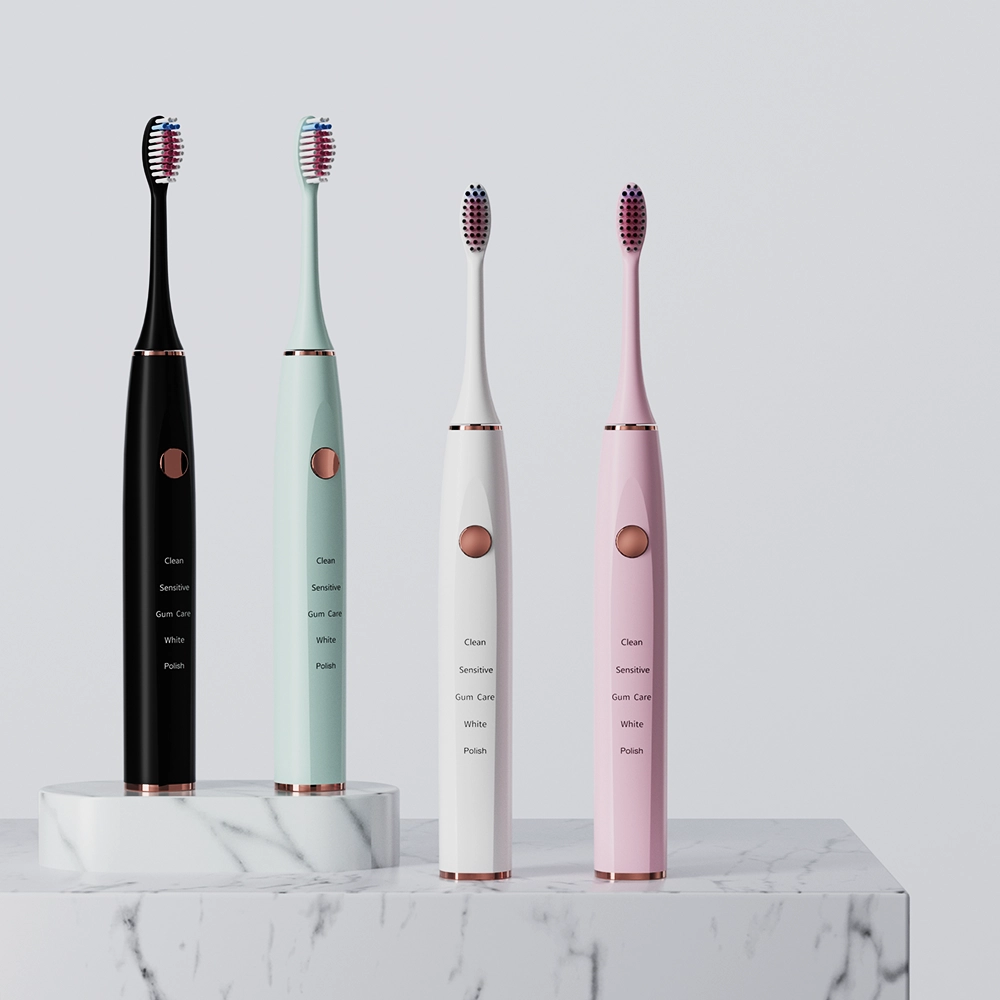
Private Label IPX7 Electric Toothbrush OEM
.jpg)
Accept OEM Electric Toothbrush Bulk Supplier
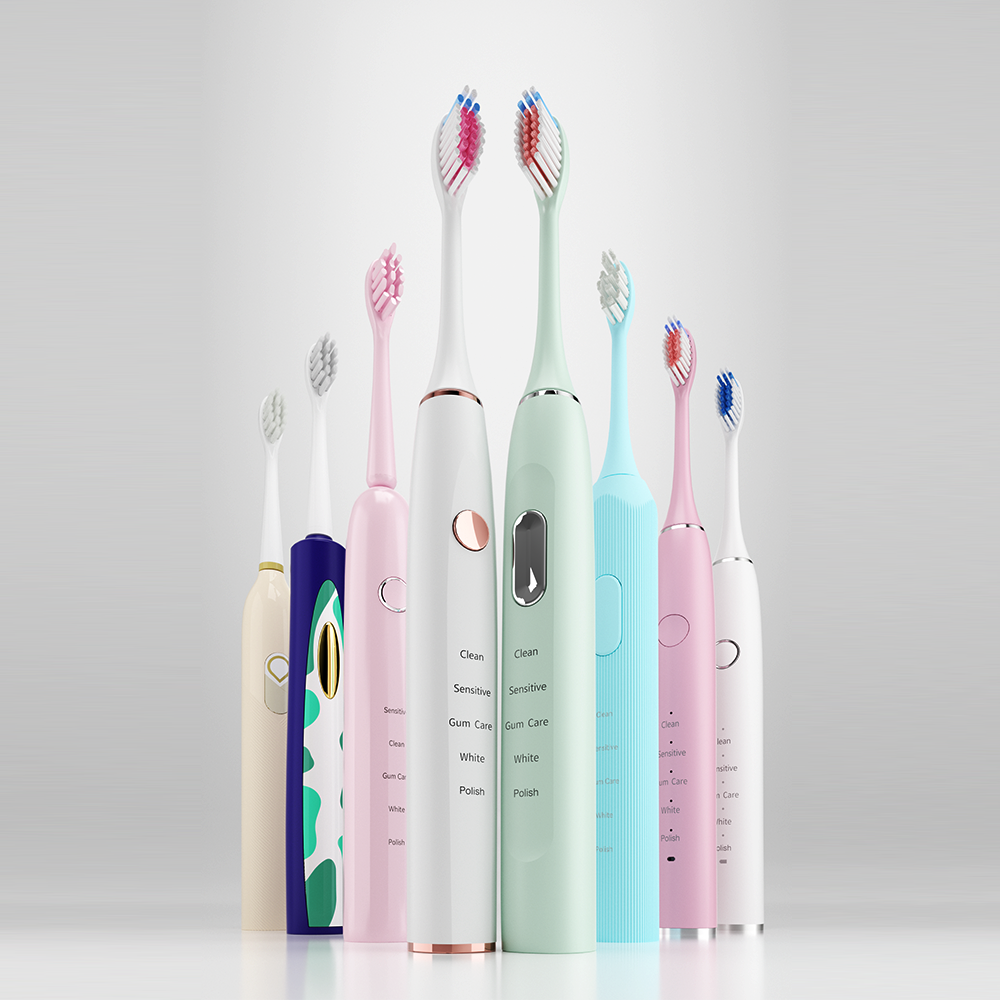
Wave Vibrating Sonic Toothbrush Available for OEM ODM
-1-scaled.png)
Customizable Teeth Whitening LED Light
Customer satisfaction
We prioritize customers' satisfaction by providing exceptional service and support.
sincerity
We are committed to upholding the highest ethical standards in all aspects of our business.

.jpg)
A sonic toothbrush is an advanced type of electric toothbrush that uses high-frequency vibrations to clean teeth.
.jpg)
A smart toothbrush is an electric toothbrush that connects to a smartphone app via Bluetooth.
.jpg)
Electric toothbrushes remove plaque more effectively than manual brushes, promoting better oral health.
Your professional source for private label electric toothbrushes
Your Vision, Engineered by Our Professional R&D. From concept to cutting-edge electric toothbrush.
Perfect Your Electric Toothbrush with Our Precision Sample Development. Let's align vision and reality, sample by sample.
Streamline your supply chain with our high-volume electric toothbrush manufacturing.
Wholesale electric toothbrushes of all types—for every market, every customer.
Our fast worldwide delivery gets your electric toothbrushes to shelves faster.
Our electric toothbrushes are manufactured under advanced ISO9001 & medical-grade ISO13485 standards.
Your most cost-effective electric toothbrush source—quality assured.
If a product is hot, there is a good chance Relish already has it in stock, just waiting for your label.
Get a Sample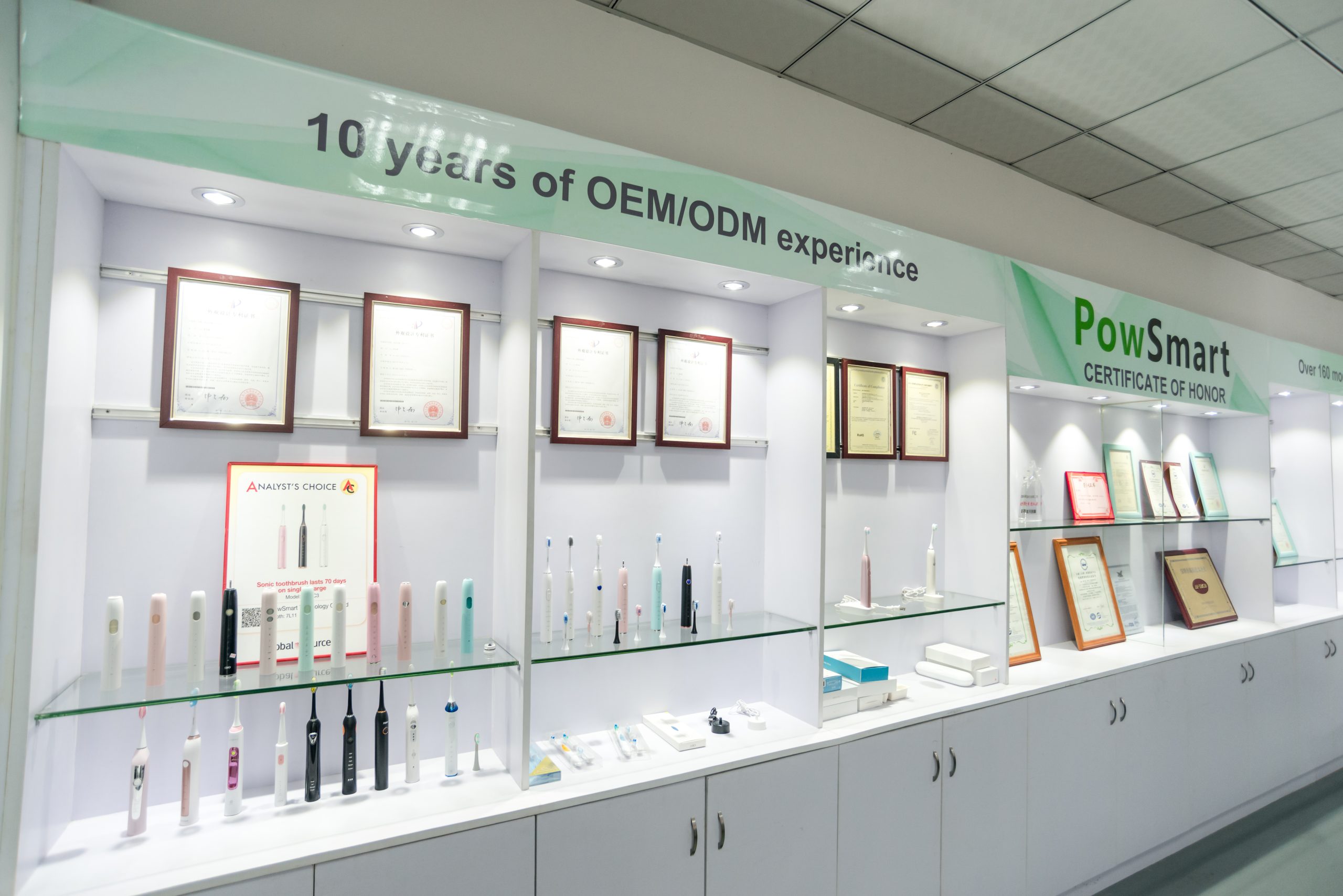
We arexporting our products globally from which the most well-known partners are Walmart, BestBuy, Honeywell, Target, Haier and Xiaomi.
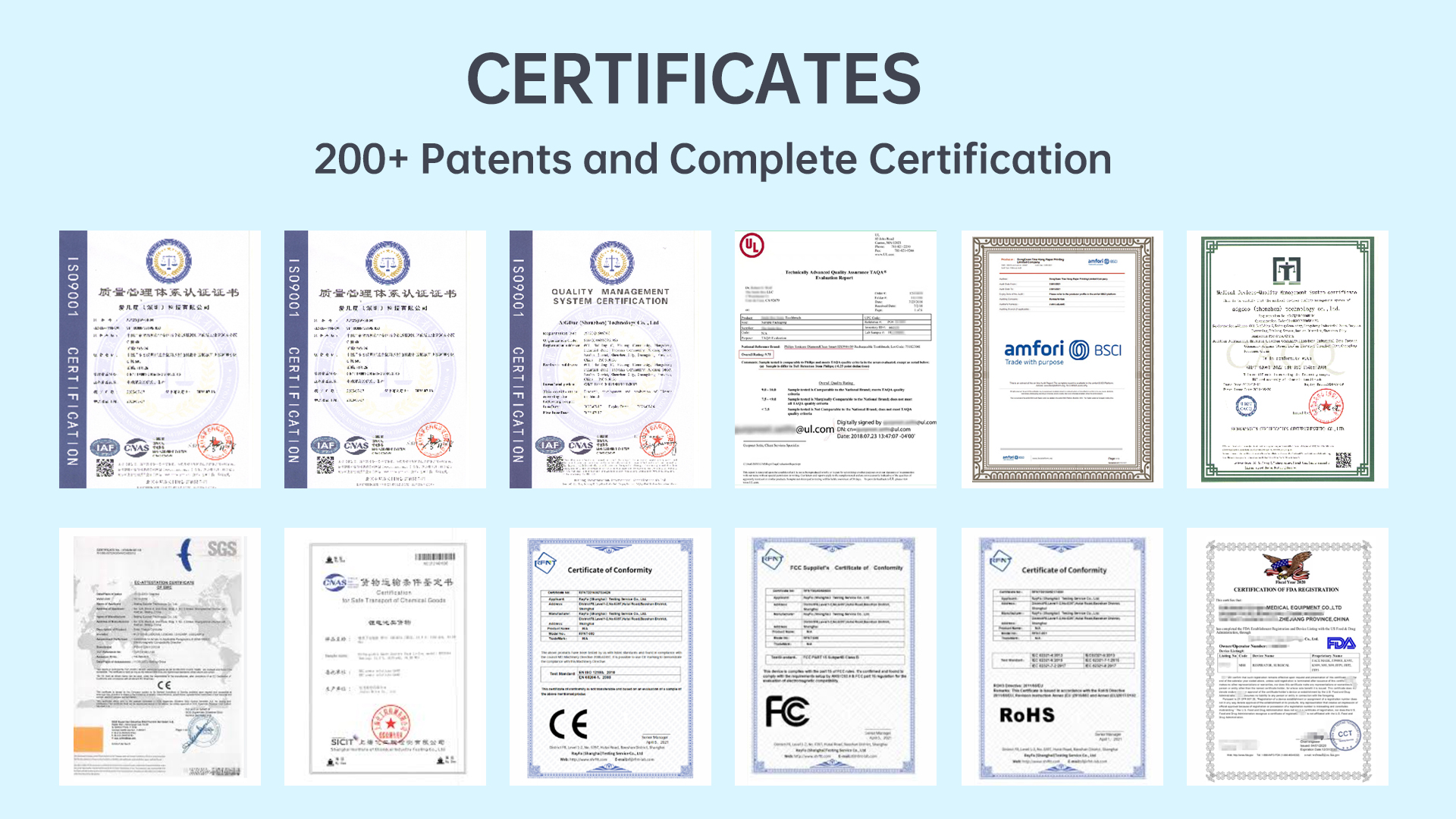
Relish is ISO9001, ISO13485, BSCI certified, and FDA registered, with lots of certifications such as CE, CB, ROHS, CETL, FCC, PSE, SGS, ERP, LFGB, and Reach etc.